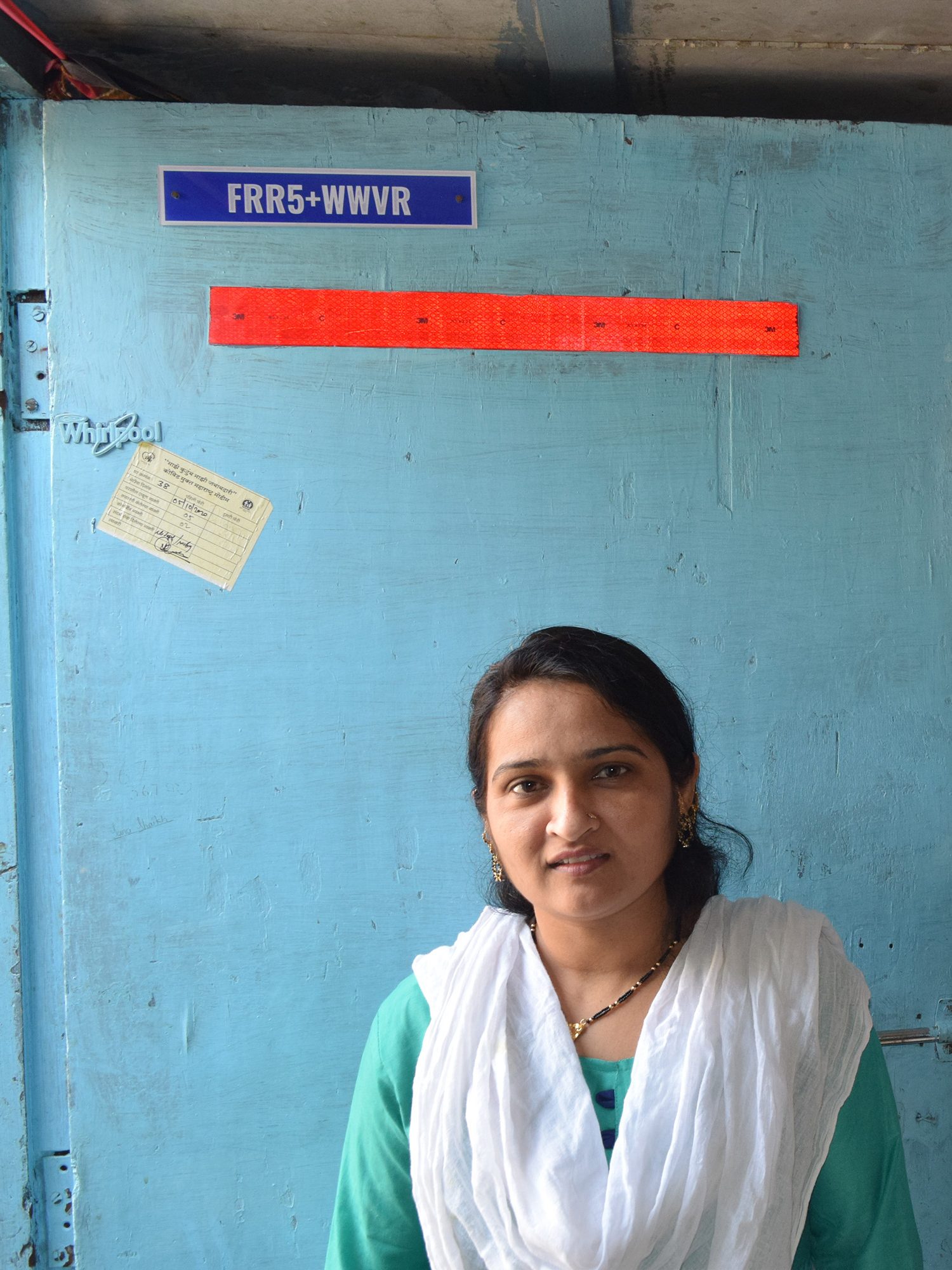Slum dwellers in India get unique digital addresses
Fourteen-year-old Neha Dashrath was ecstatic when the pizza arrived. It was the first time she’d ever ordered from a food delivery app. “I always felt shy when my friends talked about ordering food from apps,” she says. “Now I, too, can show off.”
Dashrath lives in Laxmi Nagar, a slum in Pune, Maharashtra, alongside some 5,400 other Indians. Cramped brick and tin structures line crooked lanes wide enough for just one person.
According to the 2011 census, India has 108,000 slums that are home to 65 million residents. It will add more urban residents by 2050 than any other country, according to a 2014 UN estimate, and its slums are growing faster than its cities.
Until recently, Dashrath shared a common address with everyone around her—that of the slum itself. A large banyan tree served as a collection center for mail and other deliveries. With no addresses of their own, residents had a hard time opening bank and postal accounts or accessing electric and water bills. During the pandemic, medical teams struggled to track down infected residents.
Last September, a nonprofit organization called Shelter Associates began a pilot project with Google and UNICEF to provide unique digital addresses to houses in Laxmi Nagar. Now, Dashrath has a special code she can type into delivery apps and share with friends to direct them to her front door.
With no addresses of their own, residents had a hard time opening bank and postal accounts or accessing electric and water bills.
“It was the pandemic that really spurred the initiative,” says Pratima Joshi, an architect who cofounded the nonprofit and has worked closely with slums in the cities of Kolhapur and Thane since 1993.
The digital addresses residents received were “plus codes,” a free feature developed by Google and built with open-source software. A plus code is a simple alphanumeric combination derived from latitudes and longitudes. Each code consists of four characters followed by a plus sign and two to four more characters. The characters after the plus sign define the size of the area.
For example, GRQH+H4 points to a popular temple in Pune, and FRV5+2W56 is the code of a community toilet in Laxmi Nagar. These codes are available on Google Maps and can be used anywhere in the world with an internet connection.

Despite the services that become available to those with a physical address, it took time to convince residents to sign up. Many had never heard of Google Maps and were suspicious of Joshi’s staff, mistaking them for officials from India’s Slum Rehabilitation Authority. So the nonprofit enlisted local students to go door to door and tell people about the program.
More than a thousand homes, drainage chambers, community toilets, help centers, and drinking water tanks in the slum now have plus codes. And every house in the program has a physical blue address board displaying its plus code for all to see.
“It saves me a lot of time,” says Suresh Devram Dharmavat, who used to close his grocery shop on days he visited wholesale markets. Today, he gets many of the items he needs delivered by using his plus code.
So far, Joshi’s organization has helped 9,000 families in Pune, Thane, and Kolhapur obtain digital addresses, and it aims to cover 58 more slums. Eventually, she hopes, residents will be able to add their codes to Aadhaar, India’s biometric ID program.
Similar projects are under way elsewhere: a nonprofit called Addressing the Unaddressed used plus codes to connect slum dwellers in Kolkata with banks and post offices; the Rural Utah Project in the US provided digital addresses to Navajo Nation residents for voter registration; and the International Rescue Committee used plus codes for immunization and family planning projects in Somalia.
Many services don’t yet accept plus codes, and it will take time for companies and government agencies to use them. For now, though, just having an address seems to have made life a little more convenient for some.
Shoma Abhyankar is a freelance writer from India.
